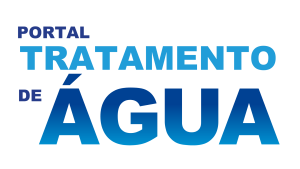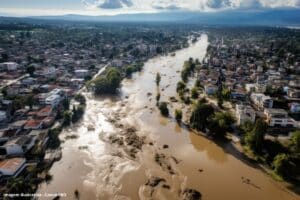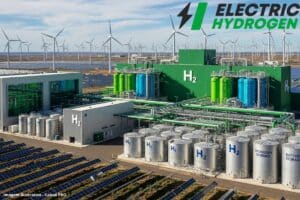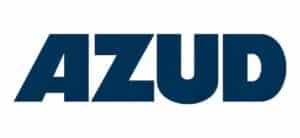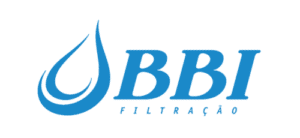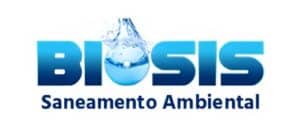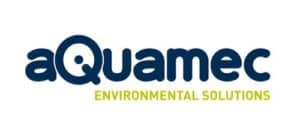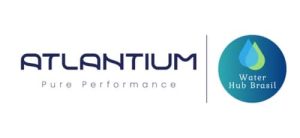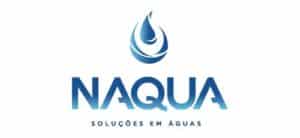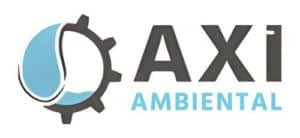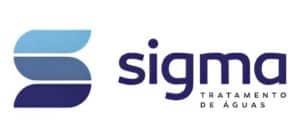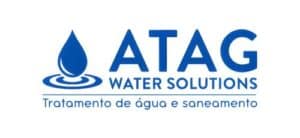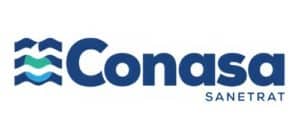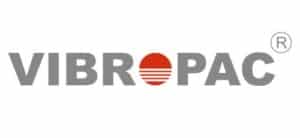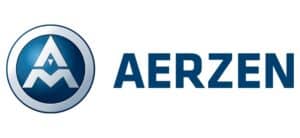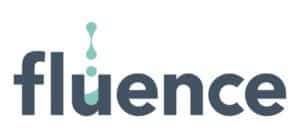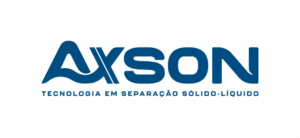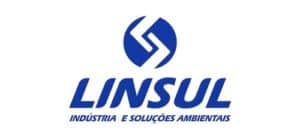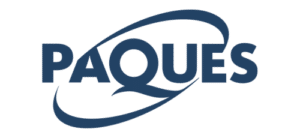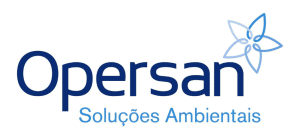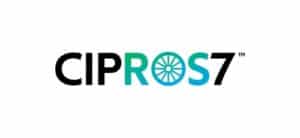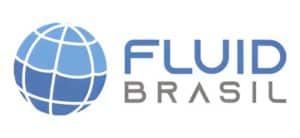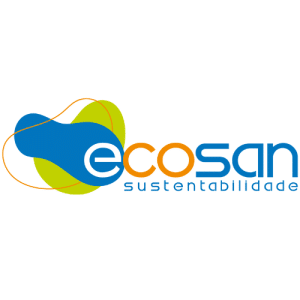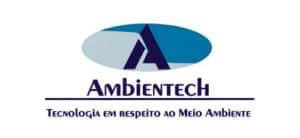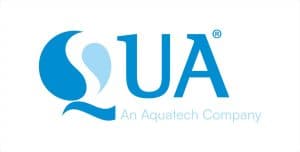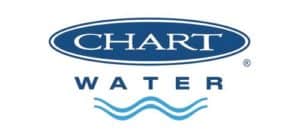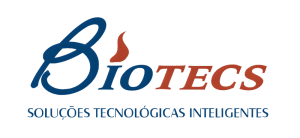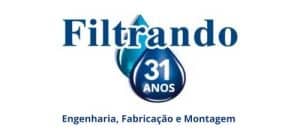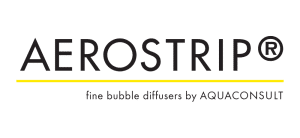Pesquisa feita pelo Professor da Universidade do Texas (A&M University), Jean Brender, e recentemente publicado pelo jornal “Current Environmental Health Reports”, mostra diversos estudos com grupos-controle realizados desde o ano 2000, onde mulheres expostas a altas concentrações de nitrato na água durante a gravidez eram mais propensas a darem à luz a bebês com alterações no tubo neural, fissuras orais e deficiências nos membros do que mulheres em outros grupos-controle sem grandes concentrações de nitrato.
Confira a matéria publicada pelo Water Online (abaixo na íntegra) com links para acessar os estudos:
Nitrate is linked to birth defects in a new report on the effects of prenatal exposure to contaminated well water.
The report by Texas A&M University Professor Jean Brender was recently published in the scholarly journal Current Environmental Health Reports. It is a review of previous research.
“In several case-control studies published since 2000, women giving birth to babies with neural tube defects, oral clefts, and limb deficiencies were more likely than control mothers to be exposed to higher concentrations of drinking water nitrate during pregnancy,” the paper said.
Higher concentrations of atrazine, an agricultural compound, and arsenic were also linked to birth defects. The review recommended more research on these correlations.
Brender provided advice for pregnant women via Texas Public Radio.
“If a woman is on a public water supply — and they’ll know that because they’ll get a water bill every month — they should check with their water supplier regarding what levels of nitrate and atrazine have most recently been found in their water,” Brender says. “Here’s the problem — drinking water from private wells is not regulated by the EPA or the state of Texas so it would be a good idea for people on private wells to get their water tested.”
Nitrate is a hot topic among water industry professionals, who say the common agricultural compound is a major threat to water quality. In Iowa, for instance, more than half of state waterways “had nitrate contamination above federal drinking water standard last week,” the Des Moines Business Record reported.
“The widespread nitrate pollution last week also came soon after many farmers applied anhydrous ammonia to fields,” the report said, citing University of Iowa scientists.
“Nitrate levels are well ahead of where they were in previous years by this time. The North Raccoon River levels were running as high as they were in late May last year and September of 2014. The South Fork Iowa River in north-central Iowa was running about double the drinking water limit,” the report continued.
Image credit: “almost five months,” Lillian Vasquez © 2013, used under an AttributionShareAlike 2.0 Generic license: https://creativecommons.org/licenses/bysa/2.0/
Fonte: Water Online
